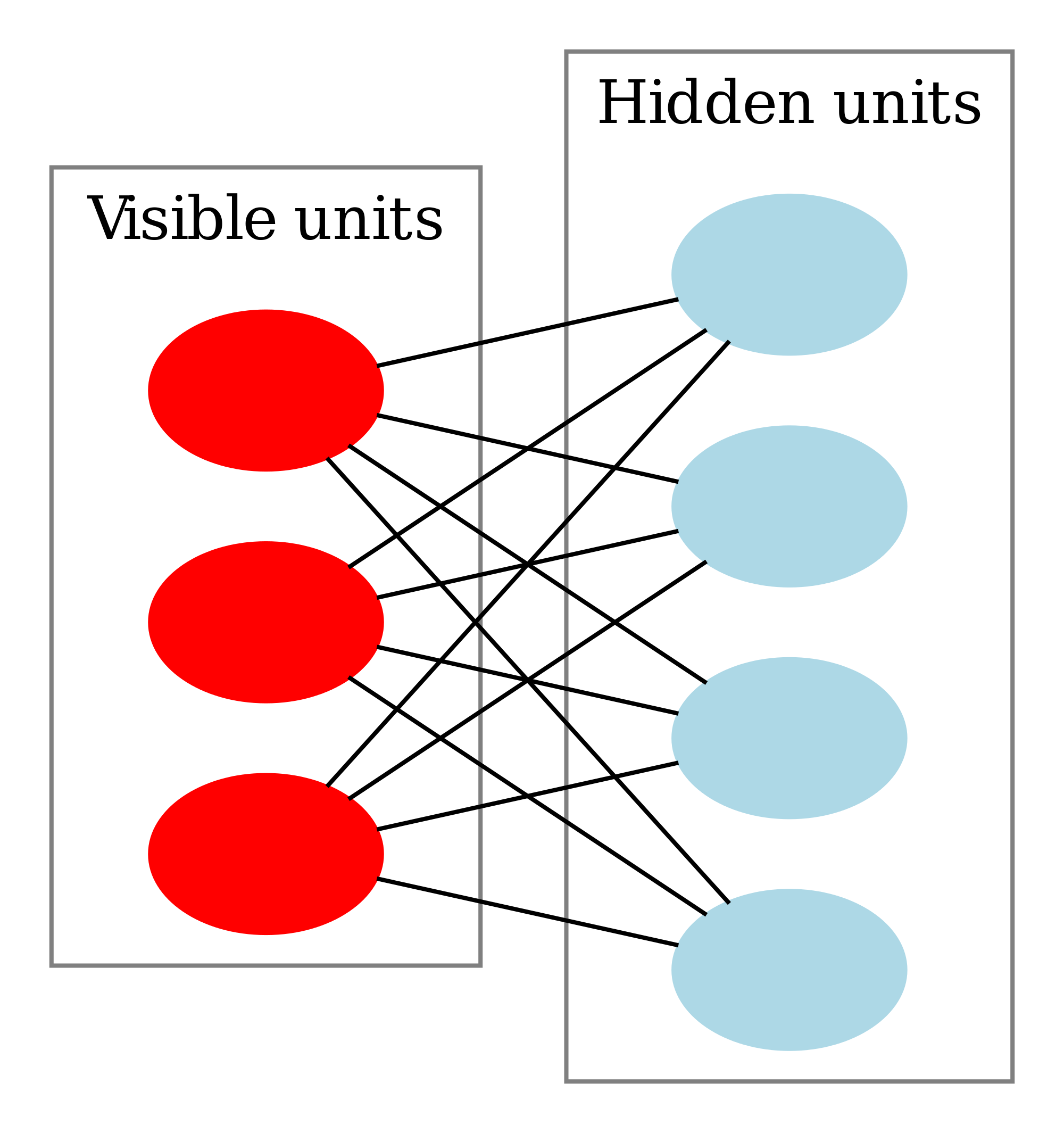Twenty years ago, the Performance and Planning Exchange (PPX) was created by a small group of senior federal public servants and private sector professionals with experience in Results-Based Management (RBM), working in association with the Treasury Board of Canada Secretariat (TBS). The federal government was introducing RBM across the public service (several provinces and municipalities were undertaking similar efforts). PPX was established as a non-profit, international organization, based in Ottawa, Canada, with a mission to promote the development of expertise in RBM, particularly for planning, performance measurement and public reporting activities. So, today what has been achieved by implementing RBM? What has PPX contributed?
First, what is RBM and how does it work? RBM is a management strategy which uses a systematic approach and techniques to achieve strategic goals and outcomes. These are very often disaggregated into more specific program activities and/or services with associated medium or short term goals and outcomes. People and organizations who contribute either directly or indirectly to the strategic outcomes lay out their business processes, products and services, showing what and how they contribute to the outcomes–the expected results. These may be a physical or intellectual result, a change, an impact or a contribution to a higher level goal. Information (evidence) of actual results is used for accountability, reporting and for feedback into the design, resourcing, delivery and improvement of programs and services. More than just for performance reporting, this information helps managers manage, i.e. make decisions, take corrective actions and learn from both positive and negative results.
RBM works better under certain conditions, where:
- Policy goals and strategic objectives are clear
- Management through results is a top priority and is reinforced by the senior leadership of the organization, through a culture of transparency, ethicality, and accountability
- A strong theory of action exists showing how inputs and instruments are connected to client experience and desired outcomes
- Authorities and instruments essential for success are clearly defined and controlled, whether by a government, agency, program, office or individual
- Those charged with delivering results are supported by systematic and ongoing means of developing necessary skills, including research and continuous leading-edge training
- Relevant data is available to inform monitoring and reporting of progress, results and outcomes.
Starting from the mid-1990’s, promising signs of RBM’s rising importance included new governance, oversight and organizational arrangements, including Parliamentary Estimates reform. Departmental Estimates were split into separate planning and reporting documents, allowing greater oversight and focus on both activities. At the same time, the Management Results and Resources System (MRRS) was introduced, under which departments define, plan, and link their programs and activities to expected results, performance measures and results reporting. In turn, MRRS information is used for Cabinet decision making and central agency resource allocation.
Subsequently, New Public Management theory arrived, with increased authority delegated to deputy ministers and departments, along with strengthened accountability mechanisms such as deputy head performance agreements/assessments and later on, the Management Accountability Framework (MAF). Under Alternative Service Delivery policy three major agencies were created, each with tailored authority and accountability regimes (CRA, Parks Canada and the Canadian Food Safety Agency).
As an organization outside government supporting and sustaining RBM’s momentum and conditions for success, PPX has provided continuous learning and knowledge sharing opportunities. Over its 20 years, PPX has organized annual two-day Symposia where senior leaders, academics, and practitioners discussed new RBM trends and best practices and over 80 half-day Learning Events involving a wide variety of RBM related topics.
Risks and challenges exist, however, to sustaining the Canadian public service’s RBM efforts. In the past decade, there has been a relatively sharp concentration of power and authority at political levels, reducing the public service’s degree of policy capacity and autonomy in achieving expected results for Canadians. Reliance upon Parliamentary committees such as Public Accounts to provide oversight and accountability of government’s results was circumscribed. Trust levels between public servants and politicians have weakened, in turn impacting performance levels. Resources dedicated to RBM related activities were also streamlined and/or reduced.
Our newest federal government has clearly signaled its intentions to renew the focus on the conditions for RBM’s success, directly and indirectly, through emphasis on restoring trust within the public service, an emphasis upon evidence based decision making and “deliverology” (a strategic focus on best ways to organize service delivery). They have restored transparency and accountability in the public release of Ministerial mandate letters that have numerous results expectations with TB taking a clear lead in overall results management. A commitment has also been made to strengthen the oversight and accountability exercised by Parliamentary committees.
The current government’s resolve to follow through on these RBM related commitments, while meeting its many other competing priorities will no doubt be tested.
Art Stewart is a Senior Director (Retired) from the Office of the Comptroller General of Canada and a long-time board Member of PPX.

